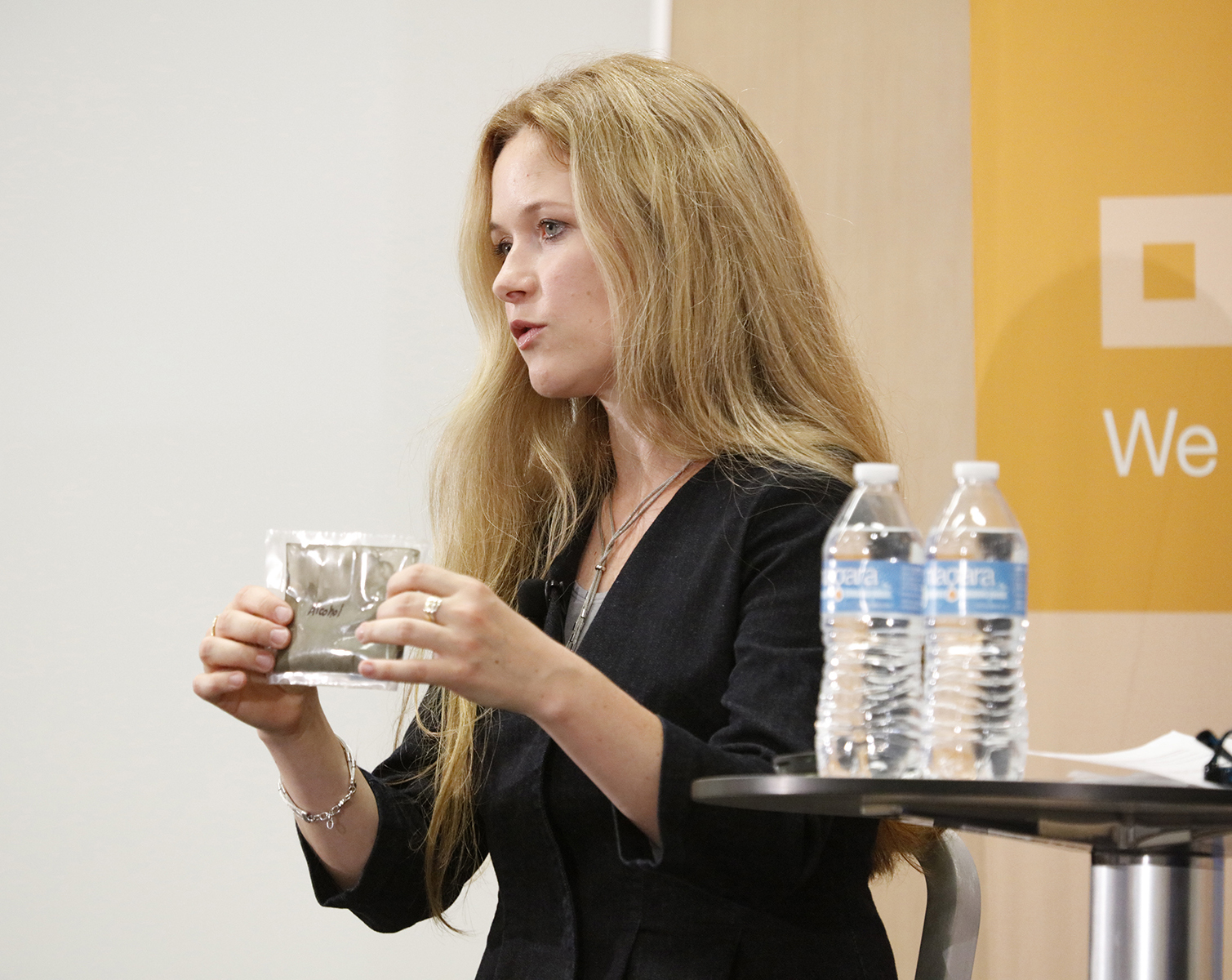Concrete Admixtures in Space
Learning about cement hydration and crystal growth in microgravity
One of the questions being asked by Penn State University Assistant Professor Aleksandra Radlińska, is what can we learn from cement hydration in space that will help us make better concrete here on Earth? If structures might be needed on other planets in the future, what could be used to build them in reduced gravity environments?
To help answer these questions, Master Builders Solutions products, MasterGlenium 7920 high-range water-reducing admixture and MasterLife 300D crystalline capillary waterproofing admixture, took a trip into space and aboard the International Space Station (ISS) as part of a NASA, CASIS, and Penn State University project “Microgravity Investigation of Cement Solidification (MICS)." The admixtures lifted off in an unmanned rocket on May 21, 2018 to meet up with the ISS, and hitched a ride back to Earth on Aug 3, 2018. The samples will be studied to learn more about how cement hydrates and solidifies in microgravity, in an effort to learn more about the effects of cement dispersion and crystal growth in microgravity. This research can lead to learning more about concrete on Earth, as well as mixing concrete for structures in space should the need arise in the future.
On Aug. 2, 2018, Professor Radlińska, who is leading the research, spoke to Master Builders Solutions employees and media about the project. Radlińska and Mark Bury, Admixture Systems Product Manager, participated in a panel discussion, moderated by Paul Seiler, Manager, Technology, Admixture Systems, to talk about the challenges of combining cement, water and admixtures away from the earth’s gravity. Considerations surrounding mixing in microgravity included the principle that heavier particles will not settle to the bottom, and there is a certain amount of effort needed for proper mixing. Just as importantly, there are safety considerations such as, if the cement, water or admixtures were to escape the initial containment and float into the atmosphere aboard the ISS, it could be detrimental to both instruments and humans. Radlińska and her research team studied many containment and mixing options, and ultimately decided upon a clear plastic pouch with compartments to hold the water, cement and admixtures separately, yet provide the ability to burst the connections, so they can be mixed without leaving the pouch. To help achieve uniform mixtures, Bury suggested a rubber spatula option that was ultimately selected for the project, to push the contents from one pouch compartment to the other and to facilitate mixing.
Safety precautions had to be taken for the design of the experiment, such as no sharp objects, and execution of the experimentation process, such as secondary containment. There’s also the size to consider. There were 120 samples to mix, and space (in space) is very limited, so the individual sample sizes were very small. In 1994, (then, Master Builders), sent the first chemical admixtures into space on the Space Shuttle Endeavour (mission STS 68) in cooperation with the University of Alabama, Huntsville. The mixing equipment at that time, for just the one sample, was larger than all 120 samples sent this time.
Radlińska and her team ran parallel tests on earth at the exact times of the space experiments in order to have a reference for comparison. Samples received from space are currently being analyzed and will be shared publicly at a future date.

Penn State University Assistant Professor Aleksandra Radlińska holds a sample of the cement testing pouch sent into space.
